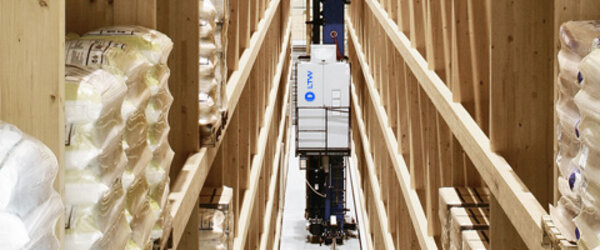Ebensee, Austria
Salinen Austria
Salinen Austria AG is a leading European salt producer. By putting the focus on salt specialties, the 7,000-year-old tradition of salt mining in the Salzkammergut region is moving into the future. The roots of Salinen Austria as a business also go back a long way: America had yet to be discovered when in 1449, Emperor Friedrich III acquired the original ownership rights to signal the start of it all. To this day, salt from the Alps, from extraction to refinement, continues to be 100% "Made in Austria". Every year, 4-million cubic meters of brine are extracted at the Altaussee, Hallstatt, and Bad Ischl sites, and processed to produce an impressive 1.2 million tons of salt.
PROJECT OVERVIEW
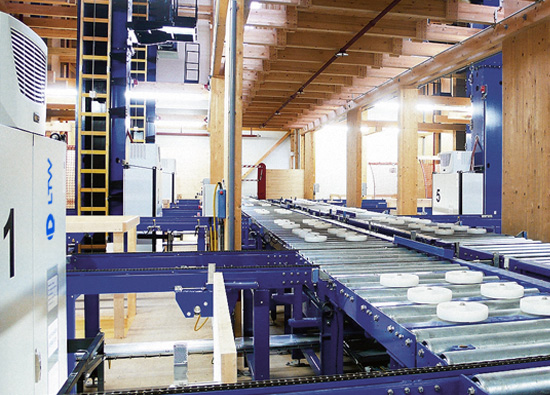
Austria's largest salt producer reacted decisively to the huge increase in demand in recent years and expanded production capacity at its Ebensee site from 750,000 tons of salt per year to more than a million tons. Not only was the logistics infrastructure to be expanded to keep pace with this, it was also to be systematically centralized and automated. A thorough analysis revealed that the ideal solution was a new high-bay warehouse right next to the Ebensee site.
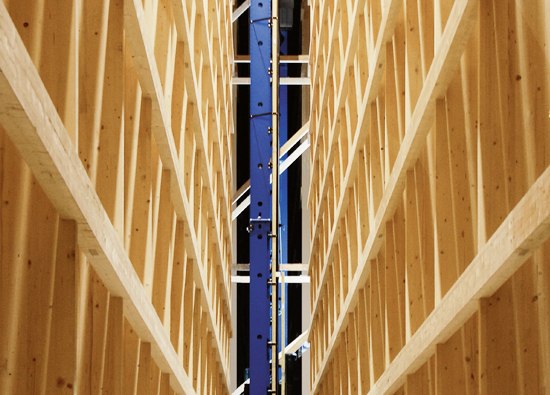
The storage of salt demands elaborate corrosion protection measures – at least, this is the case with the steel that is the conventional building material for high-bay warehouses. In collaboration with Kaufmann Bausysteme GmbH, LTW wants to develop a surprising alternative: even without any special treatment, wood is largely resistant to the environmental influences that prevail in a salt warehouse. As far as fire protection is concerned, the steady and predictable rate of combustion of wood also has obvious advantages – with wood, there is no sudden material failure.
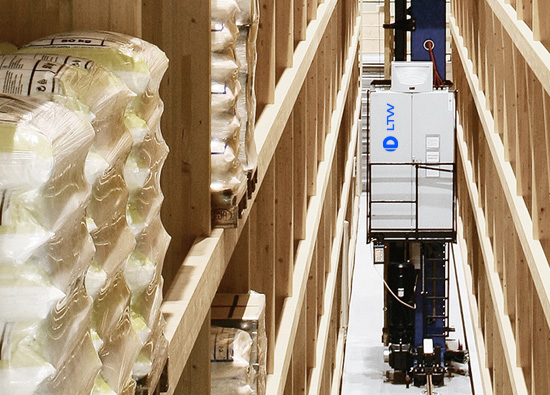
The 25-m high and 110-m long double-depth pallet store was constructed entirely from laminated timber, as a silo structure (roof and wall-bearing). To ensure long-term interaction with the LTW stacker cranes, the construction elements were put through their paces in a model test run jointly with Graz University of Technology. For corrosion-protection reasons, no metal screw connections were permitted. Kaufmann therefore resorted to an old carpenter's tradition: dovetail joints, where the uprights and bearers merely have to be glued together.
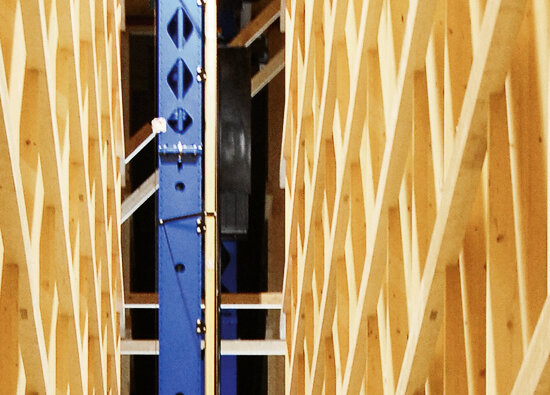
A building material with the wow factor
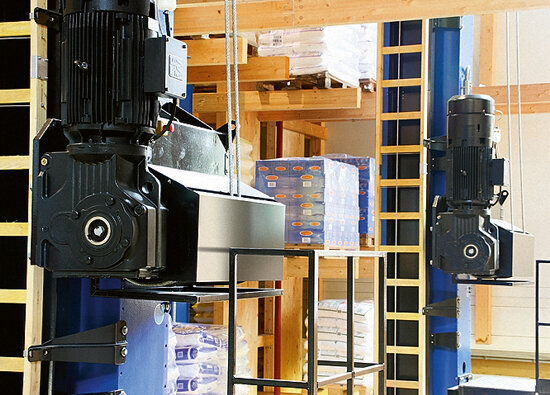
The design


